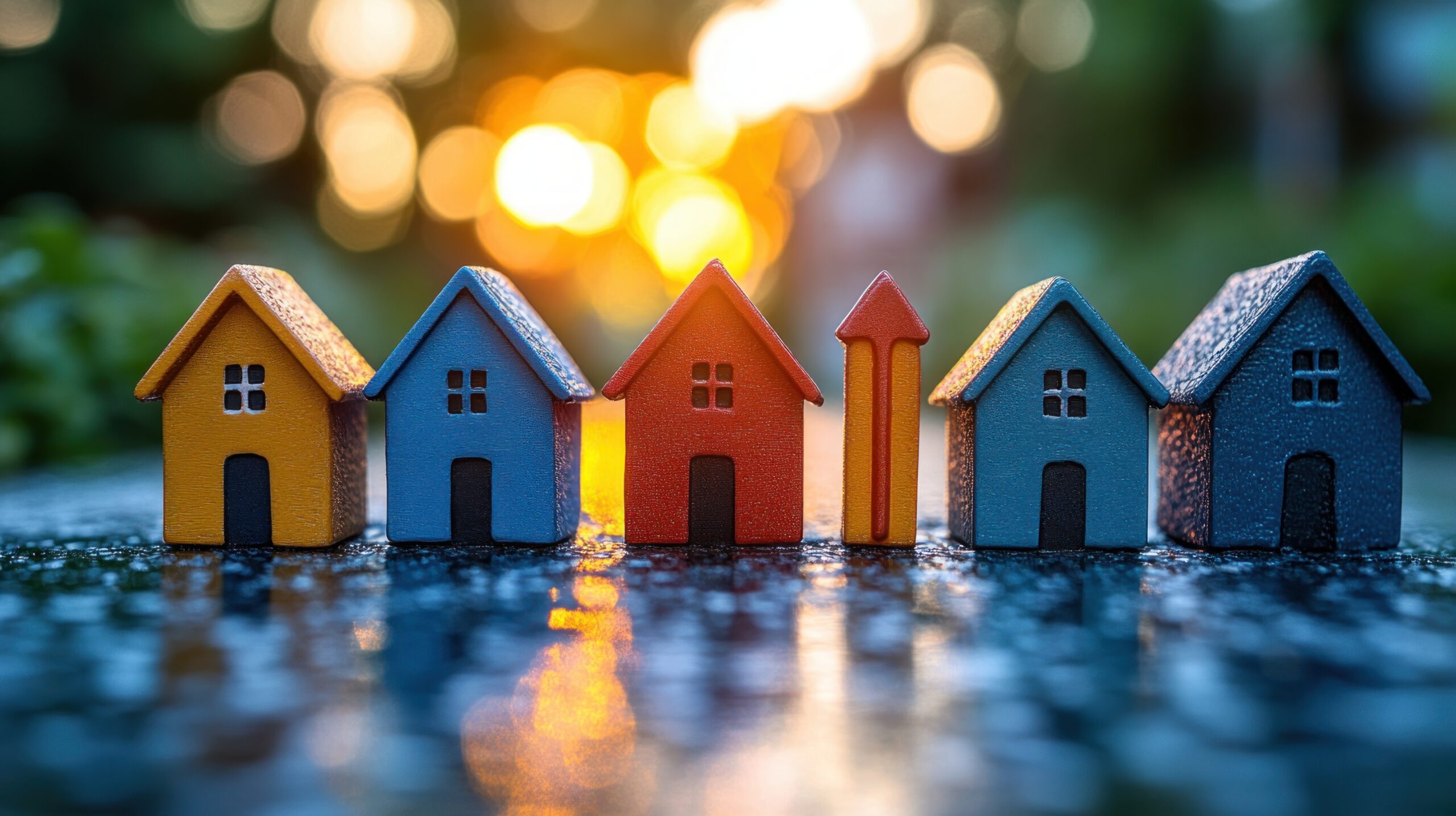Flipping houses can be one of the most rewarding ways to invest in real estate, but it’s also a business where every dollar counts. When I first started flipping homes in New Jersey and Central Florida, I quickly learned that spending more doesn’t always mean getting more in return. The key to a successful flip isn’t just making a house look great—it’s about making smart investments that increase the home’s value without breaking the bank.
If you’re looking to flip a home on a budget while maximizing your return on investment, here are my best strategies to make it happen.
Buy the Right Property at the Right Price
Flipping starts with the purchase price. If you overpay for a property, even the best renovations won’t save you from losing money. I always look for homes that are:
- Structurally sound with no major foundation or roofing issues
- Located in desirable neighborhoods with strong demand
- Undervalued compared to similar homes in the area
A great deal on a house doesn’t always mean the cheapest house on the block—it means finding a property where minor improvements can lead to major profit.
Focus on High-Impact, Low-Cost Upgrades
Not all renovations are created equal. Some upgrades will boost the home’s value significantly, while others may not be worth the investment. Here are the best budget-friendly renovations that make a big difference.
Kitchen Refresh
You don’t need to gut the entire kitchen to make it look brand new. Instead, try:
- Painting or refinishing cabinets instead of replacing them
- Updating the hardware such as handles, knobs, and faucets
- Installing a modern backsplash
- Adding new, budget-friendly countertops like butcher block or quartz
Bathroom Makeover
A full bathroom remodel can get expensive, but small upgrades go a long way:
- Replacing the vanity or just updating the sink
- Swapping out old fixtures for modern ones
- Re-grouting or refinishing the bathtub or shower
- Installing a new mirror and good lighting
Curb Appeal Matters
First impressions sell homes. A well-maintained exterior makes a home more attractive and increases its perceived value. Simple, low-cost ways to boost curb appeal include:
- Power-washing the driveway and walkway
- Painting the front door and adding a modern handle
- Adding fresh mulch, plants, or flowers
- Updating exterior light fixtures
New Paint = Instant Transformation
A fresh coat of paint is one of the cheapest and easiest ways to make a home look new. Stick with neutral tones like white, light gray, or beige—these appeal to the widest range of buyers and make rooms feel larger and brighter.
DIY What You Can, Hire for What You Can’t
One of the biggest mistakes new flippers make is trying to do everything themselves, which often leads to costly mistakes. While it’s great to save money by doing some work yourself, it’s important to know when to bring in professionals.
Tasks that are DIY-friendly include painting, installing new hardware or fixtures, and basic landscaping.
For electrical and plumbing work, structural repairs, and roofing issues, it’s best to hire a pro. Trying to cut corners on these big jobs can lead to code violations or major problems later, which could end up costing you more in the long run.
Don’t Over-Improve for the Neighborhood
One of the biggest traps flippers fall into is renovating beyond what the neighborhood supports. If every home in the area has laminate flooring and standard countertops, spending a fortune on hardwood floors and marble countertops won’t necessarily get you a higher price—it will just eat into your profits.
Look at recently sold homes in the area and match the level of finishes to what buyers expect. The goal is to make the home stand out without overpricing it for the market.
Stage the Home (Even on a Budget)
A properly staged home sells faster and for a higher price. If you don’t want to pay for a professional stager, you can still make a home look inviting by placing neutral furniture in key areas, adding simple décor like throw pillows, rugs, and plants, and keeping the space clutter-free and bright.
Even small details like a bowl of fresh lemons in the kitchen or a cozy throw blanket on the couch can make the home feel warm and inviting to buyers.
Price It Right for a Fast Sale
You can have the nicest house on the market, but if you price it too high, it will sit unsold—costing you money in property taxes, utilities, and mortgage payments.
To price the home correctly, look at recently sold homes in the area, pay attention to how quickly similar homes are selling, and price slightly below market value if you want a quick, competitive sale.
A home priced correctly will attract multiple buyers, leading to faster sales and higher offers.
Work with the Right Team
Flipping isn’t a solo game. Having the right contractors, real estate agents, and lenders on your side makes all the difference. Build relationships with reliable contractors who do quality work at fair prices, a great real estate agent who understands the local market, and a trustworthy lender if you need financing for your flips.
A solid team helps you stay on budget, avoid costly delays, and sell for the highest price possible.
The Bottom Line
Flipping homes on a budget is all about making smart, strategic decisions. Focus on cost-effective upgrades, know when to DIY and when to hire pros, and price the home right to sell fast.
I’ve been flipping homes in New Jersey and Central Florida for a while now, and the most important lesson I’ve learned is this: You don’t have to spend a fortune to make a profit—you just have to spend wisely.
If you’re thinking about getting into house flipping, start small, learn as you go, and always keep ROI in mind. It’s a business that takes patience, but when done right, it can be incredibly rewarding.
